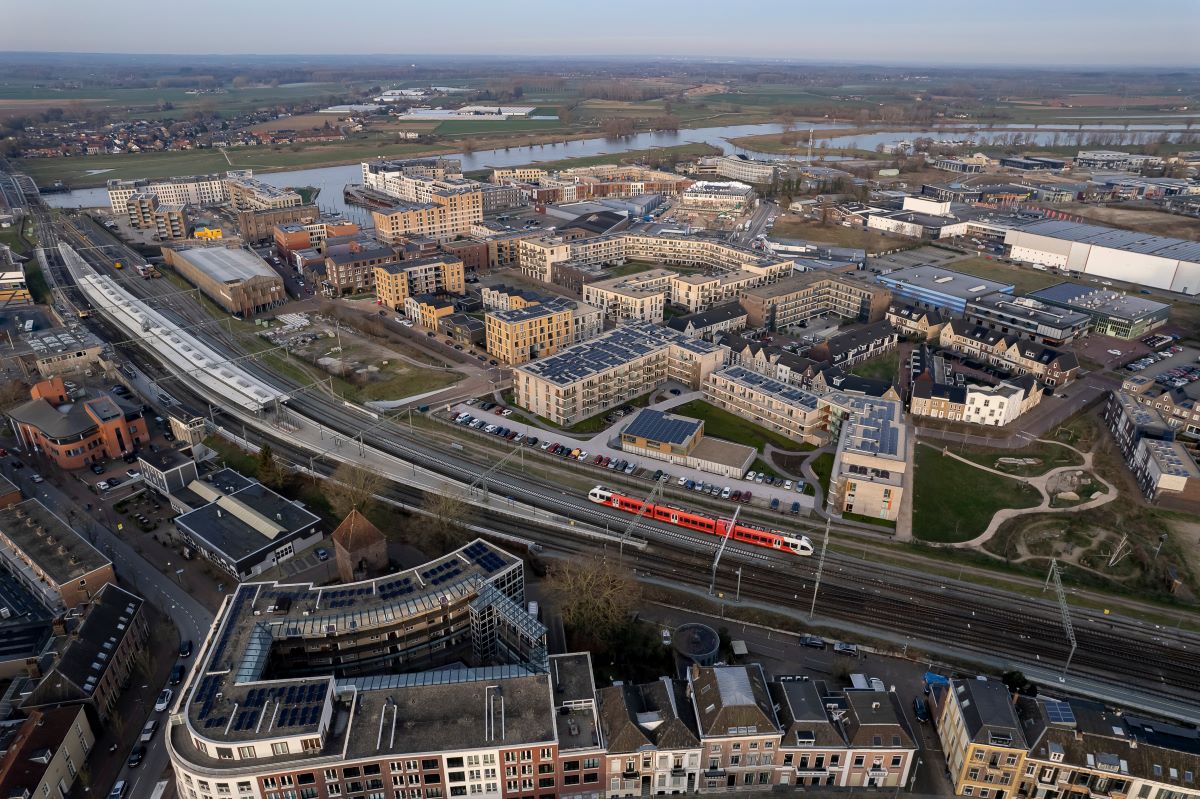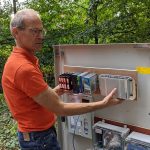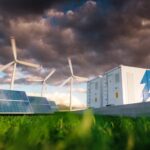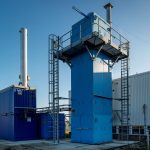
GO-e completed
Cooperation required for greater flexibility
After an intensive period of three years, the GO-e project has now been completed successfully. The results were presented at a well-attended final conference, at which many follow-up questions were discussed. GO-e has yielded a great number of new insights in the field of network congestion and the possibilities of flexibility generated by electrical devices in residential environments.
Large-scale cooperation is crucial
The main conclusion of GO-e is: there are many possibilities to use the flexibility that is available in residential areas. But the challenges are considerable and large-sale cooperation between the various parties involved is crucial. The good news is that most residential areas in the Netherlands have flexibility that is available for use to prevent congestion. This is not the case everywhere, however, and greater insight into this is a major requirement. The classification of areas into a number of archetypes has proven an effective initial method of mapping all residential areas in the Netherlands and performing the required calculations for each of them.
Technolution and Phase to Phase: powerful support for grid operators
GO-e was also very valuable for Technolution Spark and Phase to Phase. The project has enhanced our synergy. Together we developed a method to give grid operators data-driven support in taking important decisions to continue to strengthen the energy transition. This method allows grid operators to calculate congestion in lower-voltage networks in abstracted scenarios. It combines reliable, real world data about lower- and medium-voltage networks with precise simulation algorithms. This gives grid operators a powerful tool to better understand the processes that lead up to congestion and the possibilities of flexibility in residential areas.
GO-e: opportunities and challenges
In addition to Technolution and Phase to Phase, the entire flex chain was represented in the GO-e project. This ensures that its scope is as wide as possible and GO-e will be able to introduce the results to the market with considerable impact.
Want to find out more about the possibilities of flexibility in the built environment? Visit the GO-e project website for an in-depth presentation of the end results (only available in Dutch).



